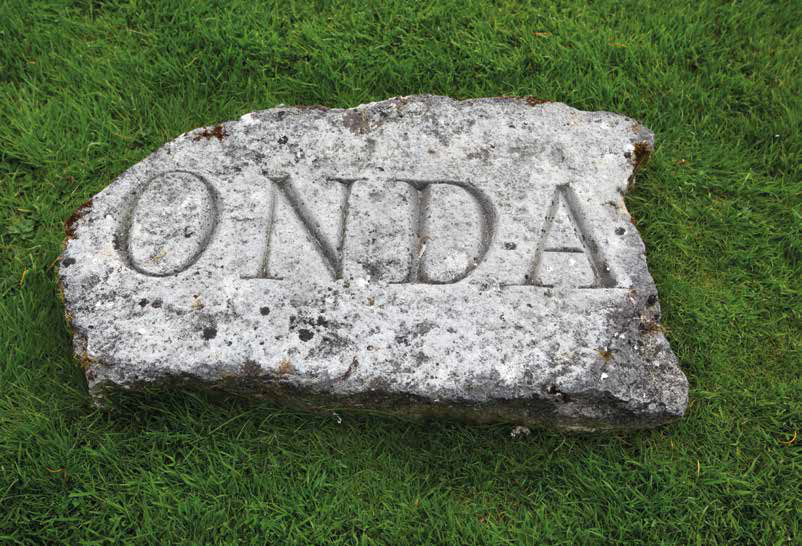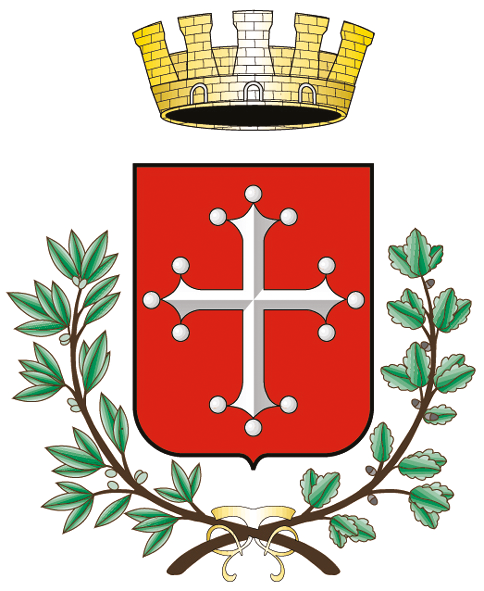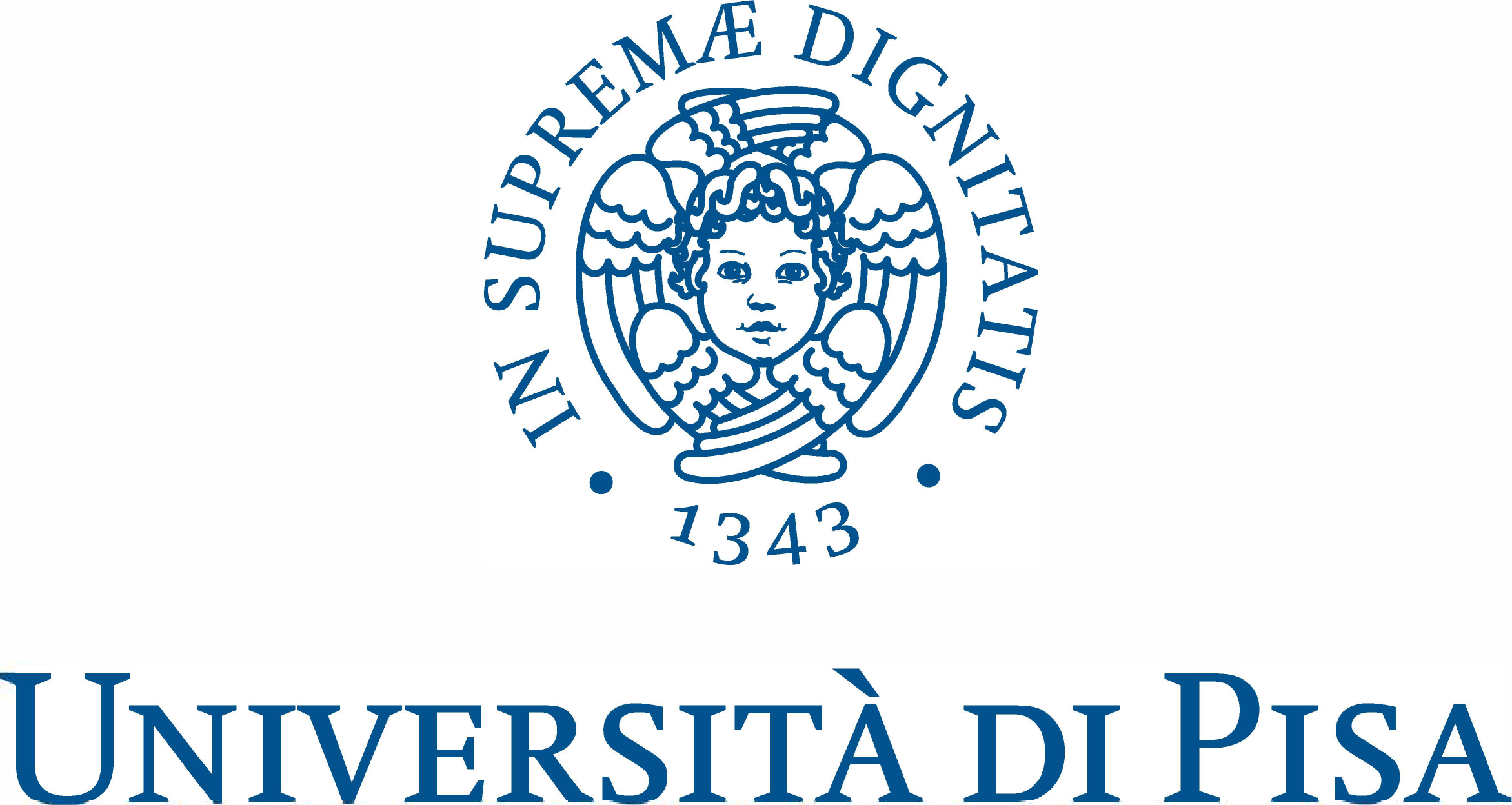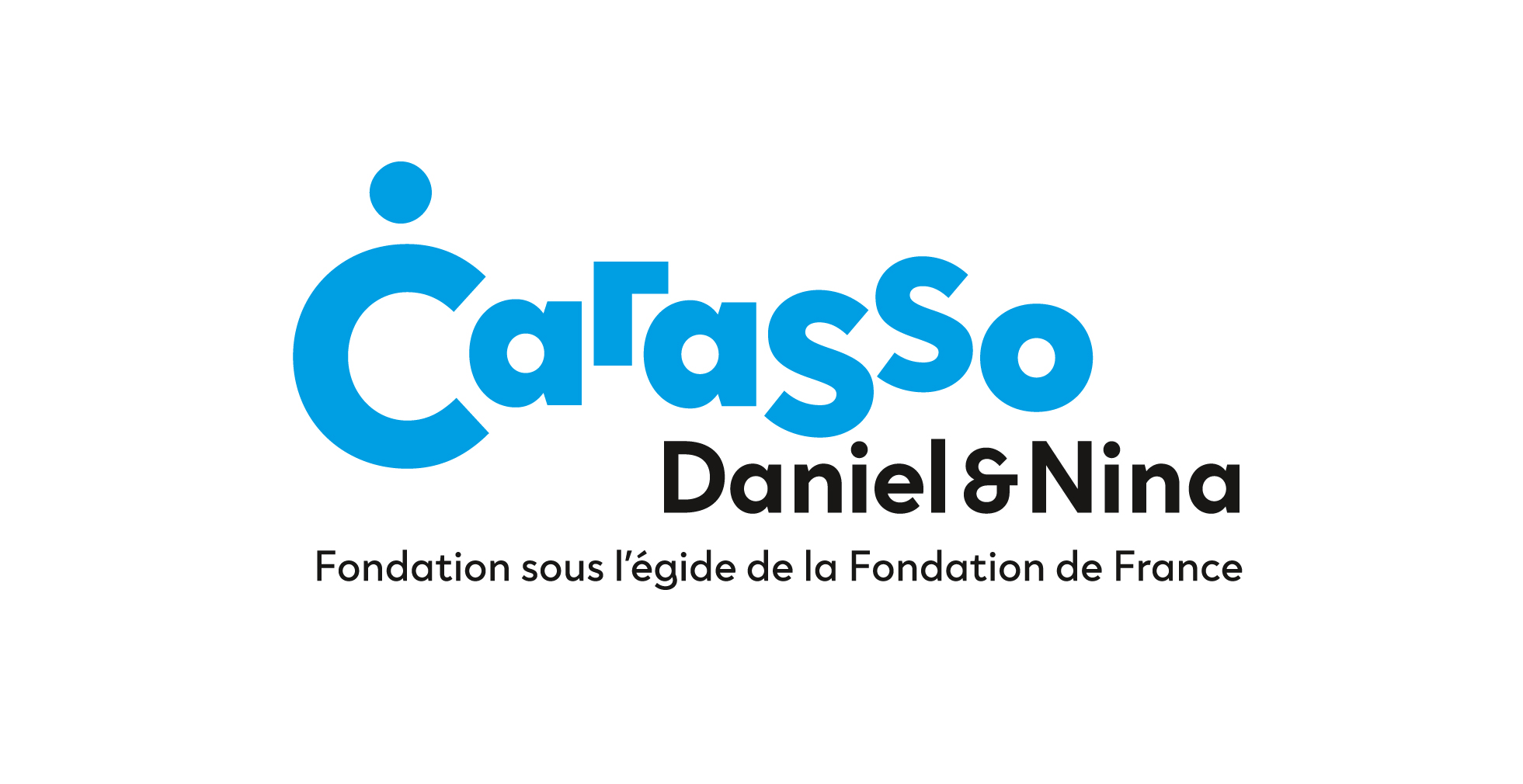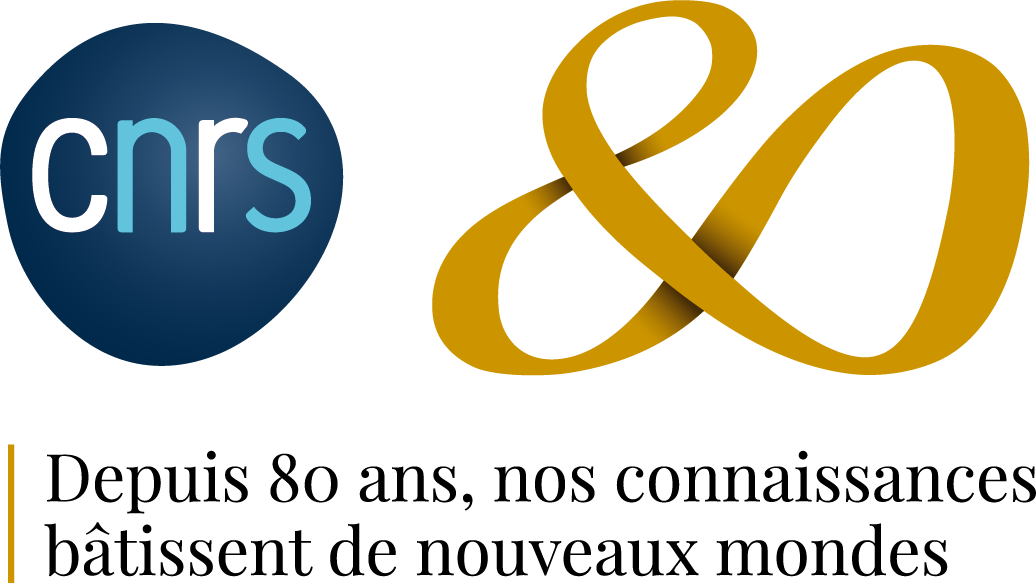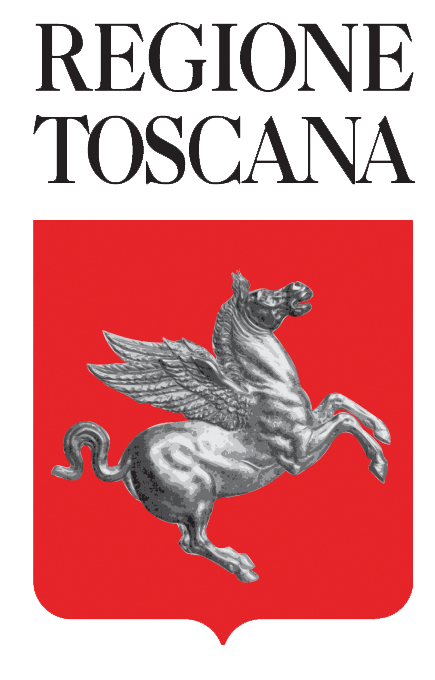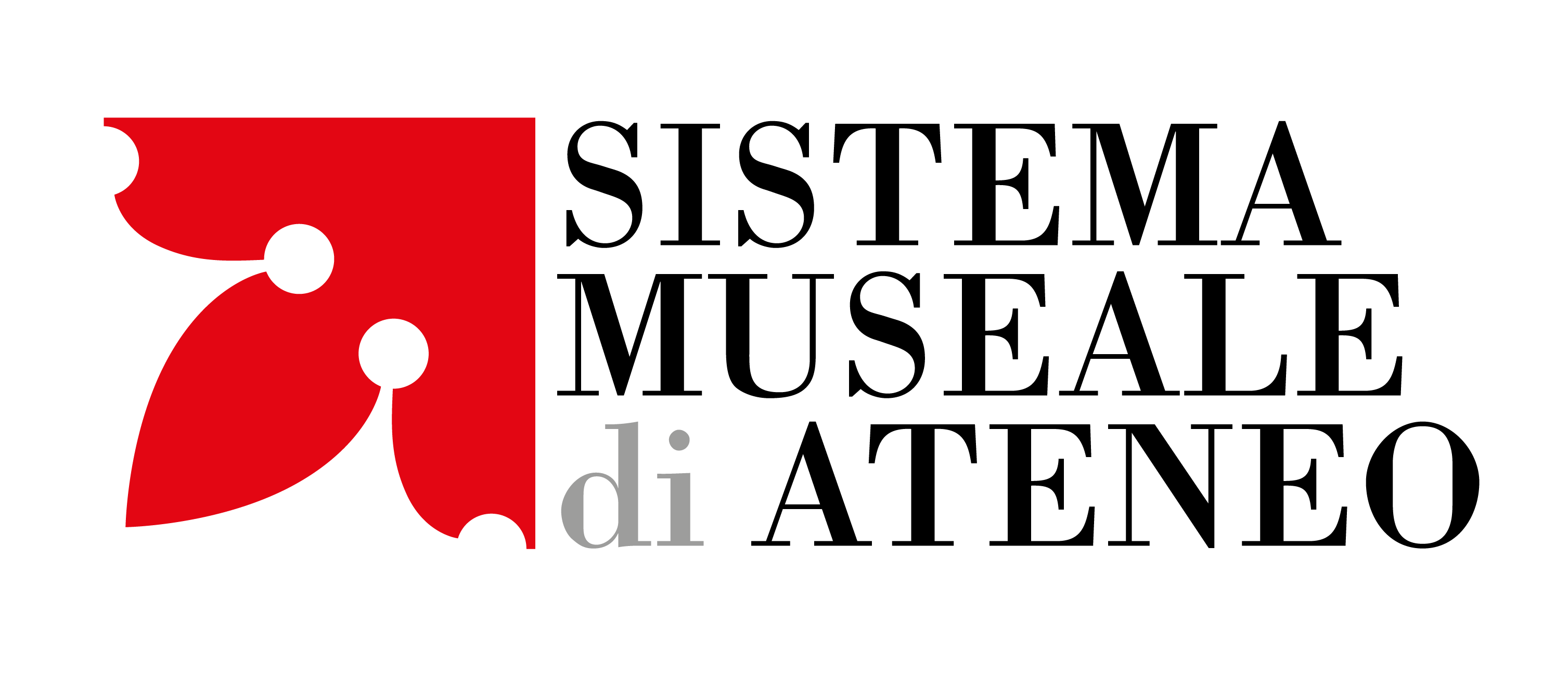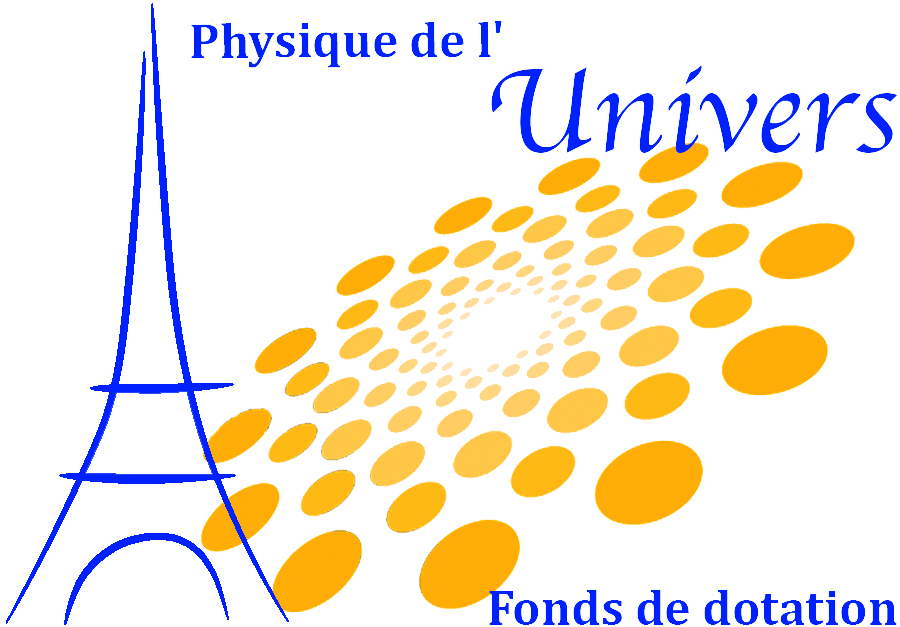Works
Michael Jakob
Little Sparta
Little Sparta, the garden of Ian Hamilton Finlay, in Dunsyre, in the hills of the Scottish Pentlands, is the most complex garden work ever created during the 20th century. Finlay, who began his career in the field of concrete poetry, turned any corner of nature into a polysemic work of art. More than three hundred objects scattered in the garden tell, sometimes through a single key word, essential stories concerning the greatest philosophical problems. Little Sparta “speaks” of bucolic poetry and concrete poetry, of classical painting, of sculpture, but also of war and the ancient gods. Within the immense inter-text woven on the soil of his estate, a necessarily multifaceted reflection of the phenomenon of waves in general could not be missing. Starting with the word “wave”, declined in various European languages. Seeing the nouns “onda”, “ondes”, “waves” and so on, recalls both the difficulty of giving an exact meaning to words (what do we mean precisely when we use the signifier “wave”?) as well as the problem of translation of the respective terms from one language to another. Without forgetting the fact that seeing the wave, one wonders if the invisible matter at the basis of the waves is the acoustic or the luminous one. The wave also appears indirectly in the undulating forms, which characterize various objects designed by Finlay as well as in acoustic artifacts, which recall the resonant presence of Aeolian harps or the flute of Pan.
Michael Jakob
Michael Jakob
Little Sparta
Little Sparta, il giardino di Ian Hamilton Finlay, a Dunsyre, nelle colline delle Pentlands scozzesi, è l’opera giardinistica più complessa mai realizzata nel corso del XX secolo. Finlay, che iniziò la sua carriera nel campo della poesia concreta, trasformò un angolo qualsiasi di natura in un’opera d’arte polisemica. Più di trecento oggetti sparsi nel giardino raccontano, a volte attraverso una sola parole chiave, storie essenziali che riguardano i massimi problemi filosofici. Little Sparta ‘parla’ quindi di poesia bucolica e poesia concreta, di pittura classica, di scultura, ma pure della guerra e degli dei antichi. All’interno dell’immenso intertesto tessuto sul suolo della sua tenuta, non poteva mancare una riflessione, anch’essa plurima, del fenomeno delle onde in generale. A cominciare dalla parola “onda”, declinata in varie lingue europee. Vedere i sostantivi “onda”, “ondes”, “waves” e così via, ricorda sia la difficoltà di conferire un senso esatto alle parole (che cosa intendiamo precisamente quando usiamo il significante “onda”?), sia il problema della traduzione dei termini rispettivi da una lingua all’altra. Senza dimenticare il fatto che vedendo l’onda, ci si chiede se la materia invisibile alla base delle onde sia quella acustica o quella luminosa. L’onda appare indirettamente anche nelle forme ondeggianti, che caratterizzano svariati oggetti disegnati da Finlay come pure negli artefatti acustici, che ricordano la presenza sonora delle arpe eoliche o del flauto di Pan.
Michael Jakob
MUSEO DELLA GRAFICA
Palazzo Lanfranchi
Lungarno Galilei, 9
56125 Pisa - Italia
https://museodellagrafica.sma.unipi.it/
Open Hours
Monday - Sunday: 9am – 8pm
Follow
Key words for social share
@ego_virgo @CNRS @INFN_ @IN2P3_CNRS @APC_Laboratory @art_citoyen #GravitationalWaves #Ondegravitazionali #Blackholes #ArteScienza #RitmoSpazio19 #Spazio #Contemporaryart #Marconi #ComunediPisa #Unipi #MuseodellaGrafica
EGO-Virgo
Via E. Amaldi
56021 Cascina - Italia
https://www.ego-gw.it/
Sponsored by:



